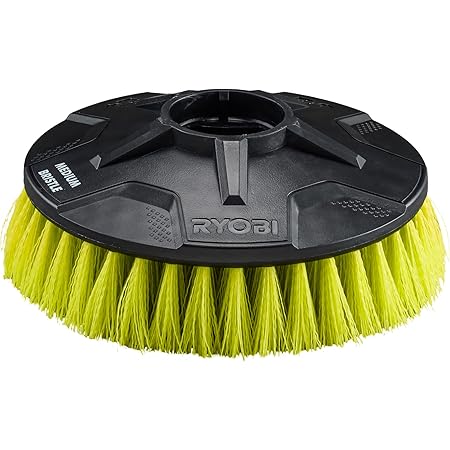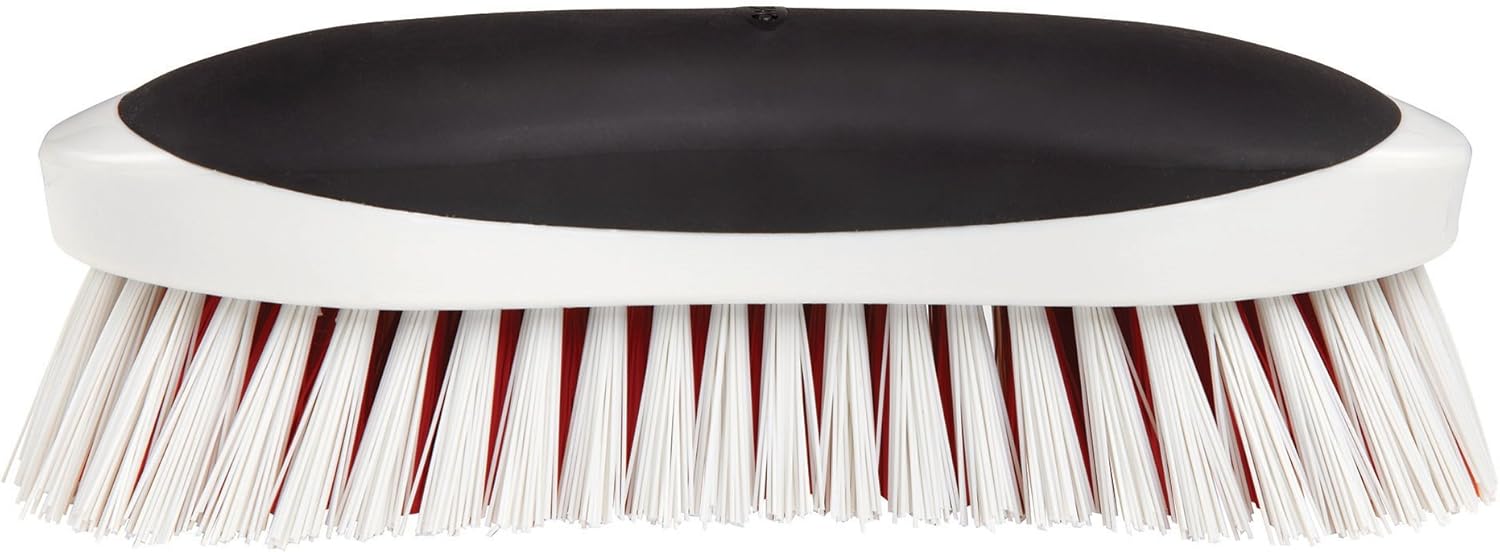Let’s face it: cleaning outdoor surfaces is rarely a glamorous task. Whether you’re battling stubborn grime on your deck, tackling algae on your patio, or prepping your siding for a fresh coat of paint, a good outdoor scrub brush can be a lifesaver (or at least a back-saver!). But with so many options available, how do you choose the right one? This guide will walk you through the top five features to consider when buying an outdoor scrub brush, ensuring you pick the perfect tool for your cleaning needs.
1. Bristle Type and Durability: The Heart of the Scrubber
The bristles are the workhorses of your scrub brush, so choosing the right type is crucial. Different materials offer varying levels of stiffness, durability, and cleaning power. Let’s break down some popular options:
- Natural Bristles (e.g., Tampico, Boar): These offer a good balance of stiffness and softness, making them suitable for a range of surfaces. They’re naturally biodegradable, which is a plus for environmentally conscious consumers. However, they tend to wear out faster than synthetic bristles.
- Synthetic Bristles (e.g., Nylon, Polypropylene): Synthetic bristles are more durable and resistant to wear and tear than natural bristles. You’ll find a wide range of stiffness, from soft for delicate surfaces to stiff for heavy-duty cleaning. They’re also usually more resistant to chemicals and solvents used in cleaning solutions.
- Mixed Bristle Brushes: Some brushes combine natural and synthetic bristles to leverage the benefits of both. This can result in a brush that’s both effective and long-lasting.
Beyond the material, consider the bristle density. A denser brush will generally offer more cleaning power, but it might also be heavier and more difficult to maneuver. Think about the types of surfaces you’ll be cleaning and choose a bristle density accordingly.
2. Handle Length and Design: Comfort and Reach

A comfortable and well-designed handle can make all the difference between a quick, efficient cleaning session and a frustrating struggle. Consider these factors:
- Length: Choose a handle length appropriate for your height and the surfaces you’ll be cleaning. A longer handle is ideal for reaching high areas like siding or gutters, while a shorter handle might be more manageable for smaller spaces like patios or decks.
- Material: Handles are typically made from wood, plastic, or metal. Wood handles are often durable and aesthetically pleasing, but they can be heavier. Plastic handles are lightweight and easy to maintain, while metal handles offer superior strength but can be more prone to rust.
- Ergonomics: Look for a handle with a comfortable grip. Some handles feature ergonomic designs to reduce strain on your hands and wrists during extended use. A non-slip grip is also a valuable feature.
Think about the angle of the brush head in relation to the handle. Some brushes offer adjustable angles for greater control and reach in various cleaning situations.
3. Brush Head Size and Shape: Adaptability and Efficiency

The size and shape of the brush head significantly impact its cleaning efficiency and maneuverability. Consider these factors:
- Size: Larger brush heads cover more surface area quickly, making them ideal for large areas like decks or driveways. Smaller brush heads are better suited for detailed cleaning or working in tight spaces.
- Shape: Rectangular brush heads are common and versatile, while round heads are more suitable for scrubbing corners and edges. Some brushes have specialized shapes for specific tasks, such as angled heads for reaching into crevices.
Assess the size of your cleaning area and the type of cleaning you’ll be doing to select the optimal brush head size and shape.
4. Durability and Material of the Brush Head: Longevity and Performance

The brush head’s construction plays a crucial role in its durability and longevity. Look for features like:
- Robust Construction: The brush head should be securely attached to the handle and able to withstand the stresses of scrubbing. Check for sturdy construction and reinforced connections to avoid premature failure.
- Material: The material of the brush head should be resistant to wear and tear, as well as chemicals and solvents you might use in your cleaning solutions. Durable materials will ensure that your brush lasts longer and performs well over time.
Consider whether the brush head is replaceable. A replaceable brush head extends the life of your tool and offers cost savings in the long run.
5. Overall Value and Warranty: A Long-Term Investment

While price is a factor, focus on value. A higher-priced brush might be a better investment if it offers superior durability, performance, and features. Consider:
- Warranty: A good warranty indicates the manufacturer’s confidence in their product. Look for a warranty that covers defects in materials and workmanship.
- Reviews: Check online reviews from other users to get an unbiased assessment of the brush’s performance and longevity. Pay attention to both positive and negative reviews to get a balanced perspective.
- Features vs. Price: Compare the features and performance of different brushes at various price points to determine the best value for your money. Consider the frequency of use and the types of cleaning tasks you’ll be undertaking when making your decision.
Investing in a high-quality outdoor scrub brush is an investment in time saved and efficient cleaning. By considering these five key features, you can ensure that your next purchase helps you tackle those outdoor cleaning chores with ease and effectiveness.